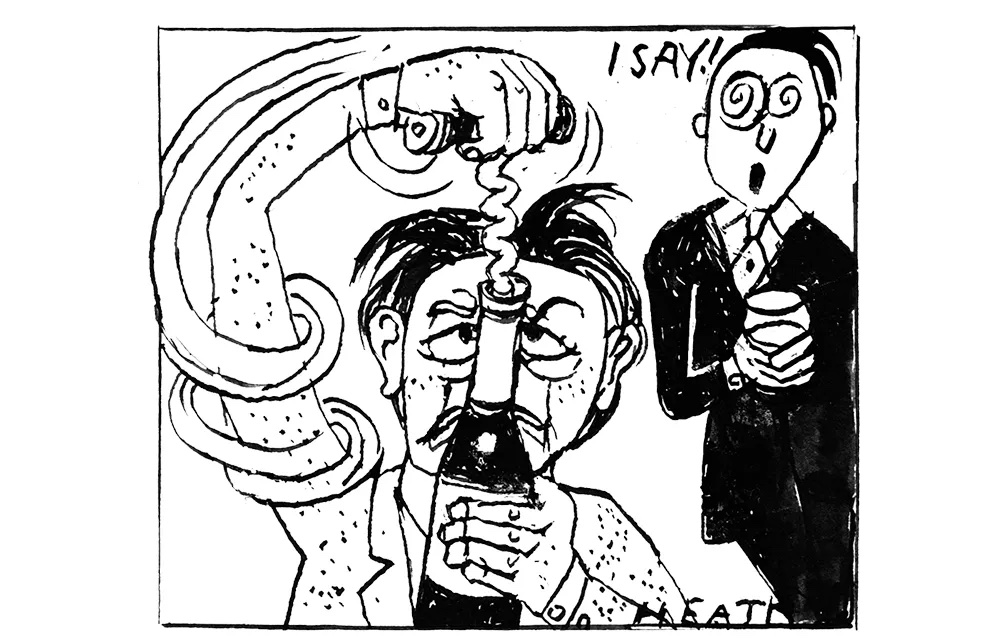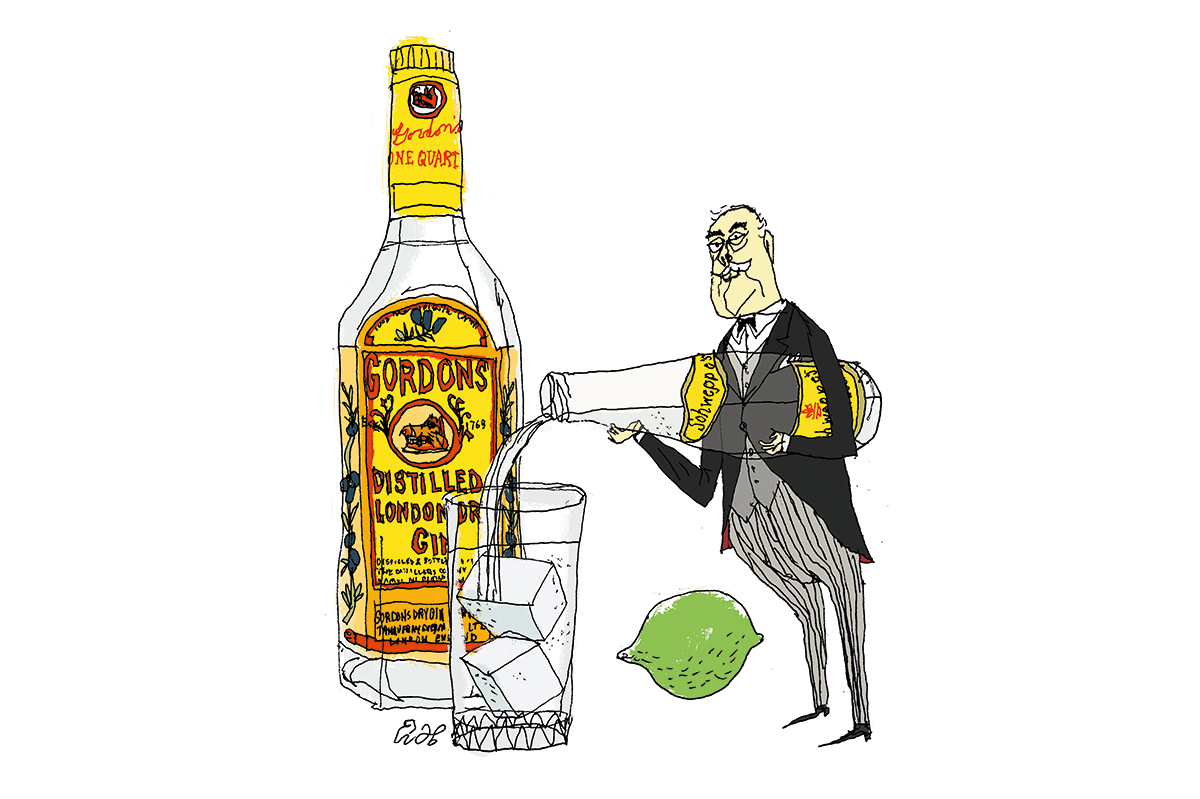For the first 50 years of the corked bottle, there was no easy way to get into it. The combination of cork and a strong glass bottle came together around 1630 but the first mention of a device to open the bloody thing wasn’t until 1681. Cavalier get-togethers must have resembled the teenage parties I attended with everyone desperately trying to open the bottle using keys, pens, knives etc. Or using that technique where you bang the bottle against a wall with the heel of a shoe. Halcyon days. More likely they’d just take the top off cleanly with a swift blow from a saber and a loud “Huzzah!”.
Early devices for extracting corks were called “bottle screws.” According to Hugh Johnson, the word “corkscrew” was first used in 1720. From there, this handy little piece of equipment has conquered the world, from early versions which were simply a piece of metal with a wooden handle to the full nerdery of the £100 Screwpull — beloved by wine bores of a certain vintage. The most common one when I was taking my first steps as a wine drinker was the metal man with his hands up which usually just drilled a hole in the cork rather than removing it. As someone who has opened thousands of bottles of wine, I can safely say that the best corkscrew is a good quality waiter’s friend pocketknife. I never leave home without one.
If you want to see the sheer imagination and thought that mankind has taken to remove a bit of tree bark from a glass receptacle, I’d highly recommend visiting the corkscrew museum (yes, there really is one, I literally have the T-shirt) at Domaine Gerovassiliou near Thessaloniki. There are corkscrews with winged demons on, others that look like medieval torture devices, and ones that fit into the top of walking canes, so a gentleman need never be without.
But at some point, will this essential piece of drinker’s kit be seen only in a museum? According to a report from kitchenware retailer Lakeland, just over a quarter of 18- to 24-year-olds own a corkscrew — compared with 81 percent of over-65s. I’m not entirely sure this is the killer statistic everyone thinks it is, though. One in three youngsters having a corkscrew means you’re in with a very good chance of finding one in shared accommodation. We didn’t all have our own corkscrew when I was in my early twenties. Well, I did. But I was a budding wine bore.
There’s no doubt, however, that the traditional cork is dying out, thanks to the ubiquitous screw cap. This has gone from being seen only on the cheapest wines to an entirely respectable way to close a bottle, especially in the Antipodes. Something like 70 percent of Australian and 95 percent of New Zealand wines are sealed this way. Screw caps are more reliable too. It’s estimated that between 3 and 8 pecent of corks are tainted with a compound called TCA (2,4,6-trichloroanisole) which produces the characteristic “corked” smell of damp basements. Extremely annoying when you’ve been keeping a bottle for a special occasion.
And yet for all its occasional unreliability, I’ll miss the cork when it finally disappears. A large part of the appeal of wine is the ritual of opening the bottle, the satisfying pop followed by the gurgle of the pour. It all builds anticipation. Now, where did I put my corkscrew?
This article was originally published in The Spectator’s UK magazine. Subscribe to the World edition here.


























Leave a Reply